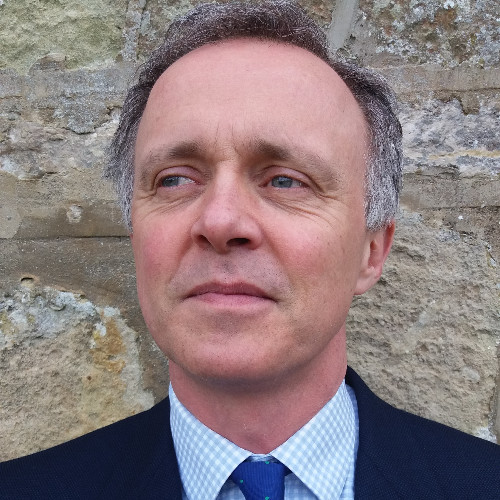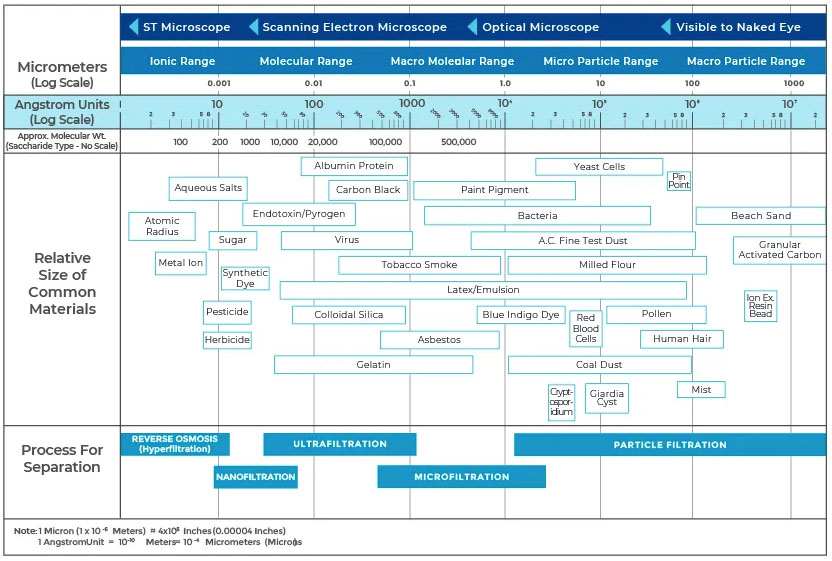About Tec-Safe
In the beginning…
Tec-Safe started off life in the noughties focused on high spec water filtration, under its original guise of Eau Yes (pronounced OH yes!) by Simon Davies. This interest in high quality water filtration arose because of family complications around oestrogen intolerance. Oestrogen (female sex hormone) sits alongside testosterone (male sex hormone) in th human body and drives key functions (puberty, growth, procreation etc). Over the last few decades, scientists have discovered a sharp rise in hormone mimicking chemicals called ‘endocrine disruptors’ that the body reads as oestrogen. These chemicals are found in chemicals, plastics and packaging, whose use has arisen exponentially since the 50’s and is increasingly found in our environment, including water. Simon soon discovered that the most effective method for removing endocrine disruptors from water was a nanofiltration process called ‘Reverse Osmosis’. This was a fundamental reason why Simon decided to focus on developing the very best RO units for his customers. When one of UK’s biggest dental distributors agreed to start selling Tec-Safe’s RO units by the pallet, the commercial momentum moved favourably towards the dental sector.

Simon Davies, Commercial Director

From water purification to disinfection
A couple of years later, it was a meeting with one of the UK’s foremost water experts, Dr Jimmy Walker from Public Health England (PHE), that sparked an interest in waterborne microbiology. Dr Walker has written some important academic papers on waterborne biofilm in dentistry. Simon soon realised he needed to fully understand the subject before developing innovations that would benefit patients and practitioners in the treatment of dental biofilms.
It was a serendipitous meeting with Charles Cocking, one of the early HOCl pioneers, that directed Simon towards the extraordinary molecule that underpins the CHL range: HOCl is now recognised as being one of the most powerful biofilm eliminators, whilst paradoxically being non-toxic to mammalian cells- ie higher performance AND complete safety.
These unique benefits underpin why CHL continues to focus on this disruptive technology and develops some of the most innovative decontamination applications.